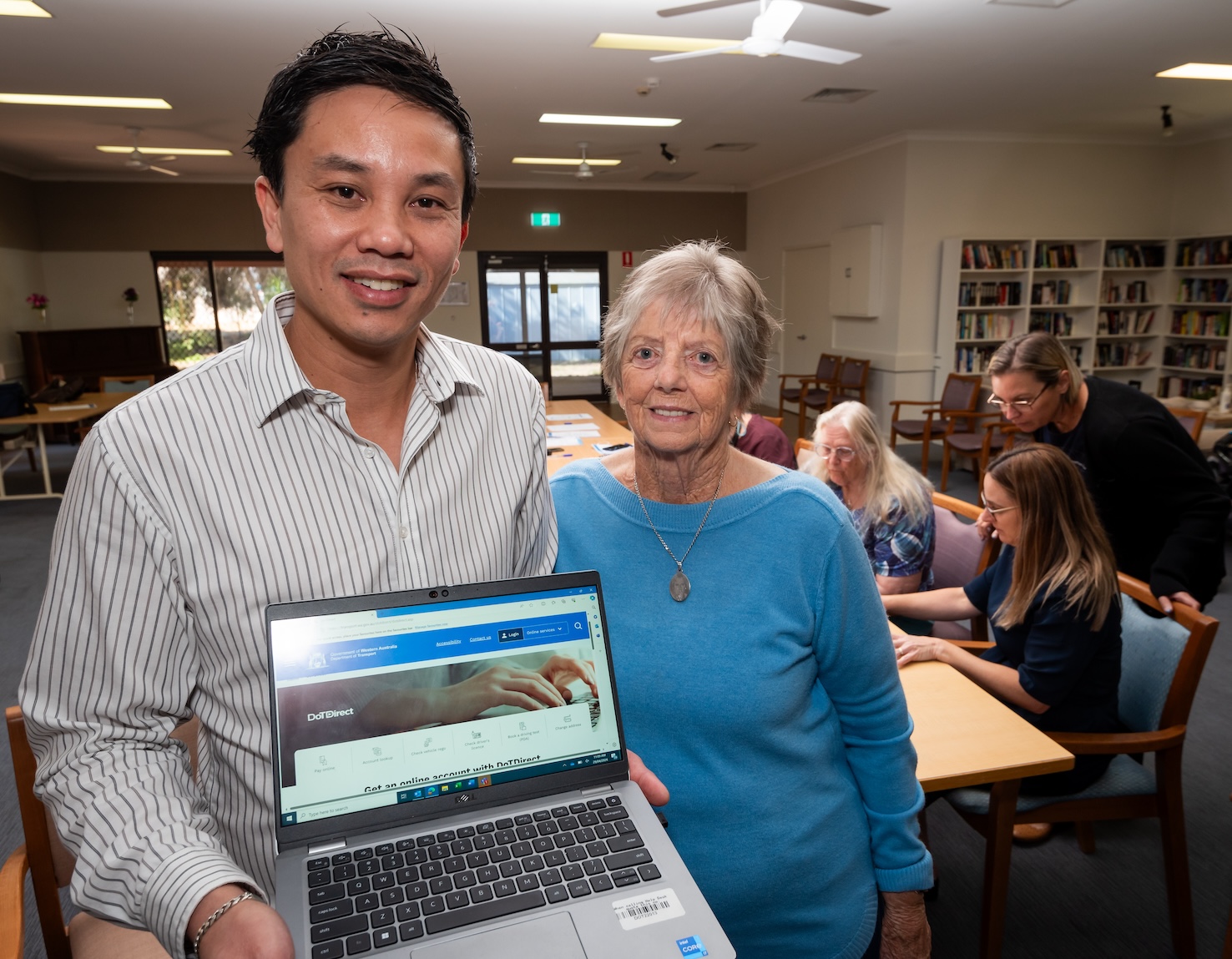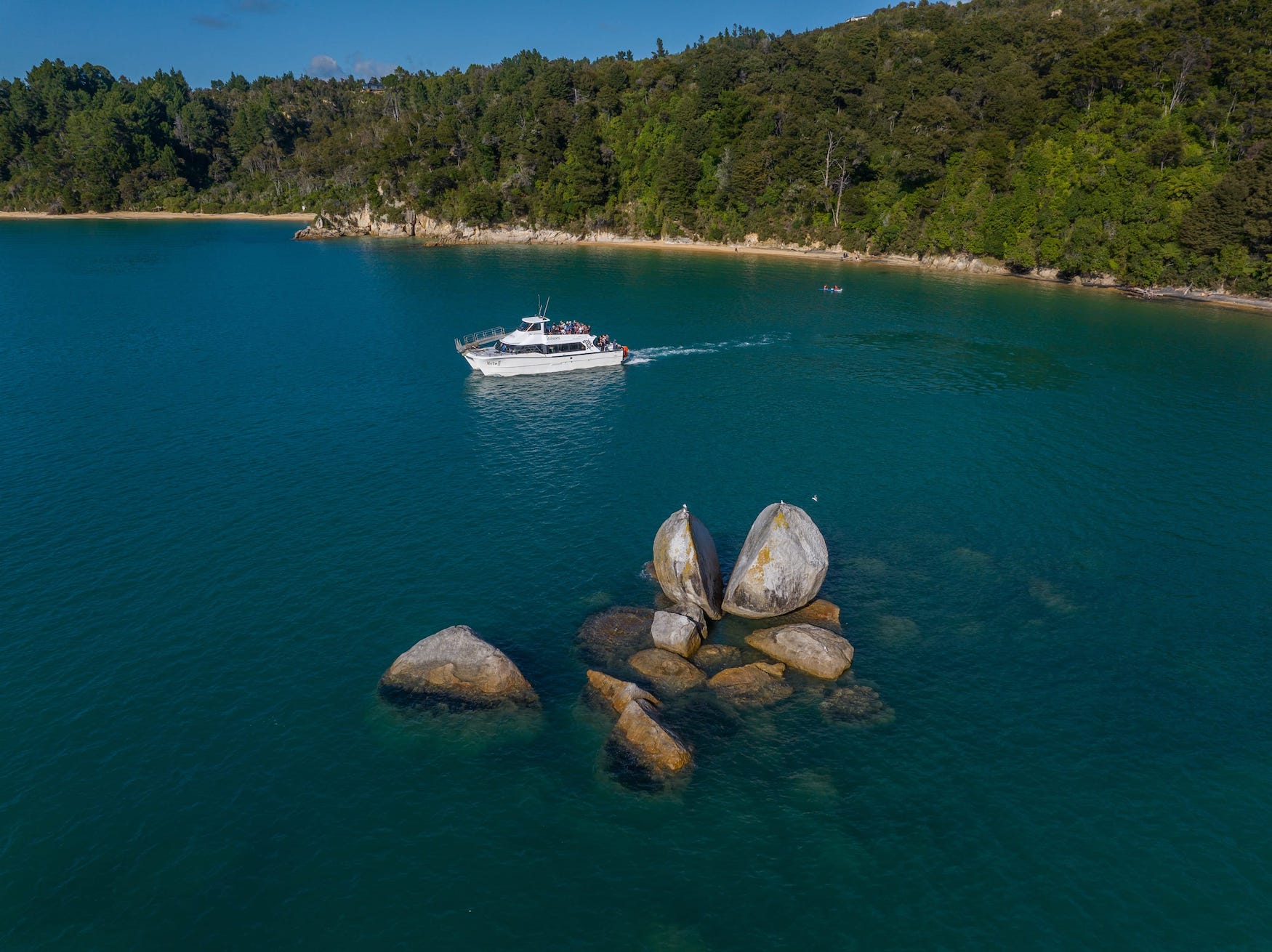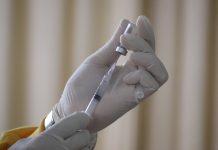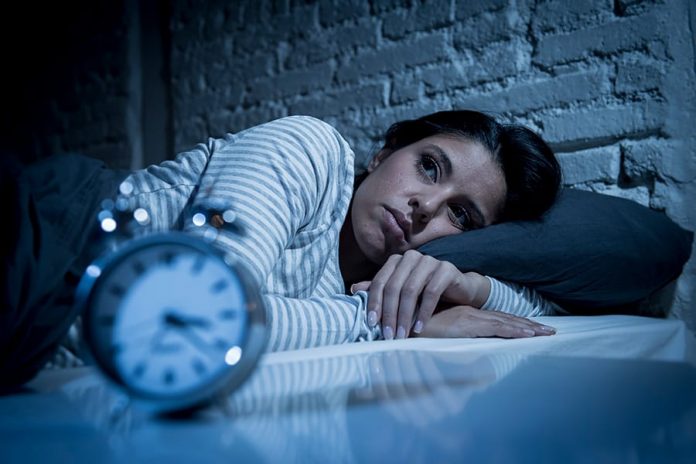Nearly everyone suffers from insomnia at some time. It is a problem with far-reaching health consequences. Insomniacs are at increased risk of depression, diabetes, cardio-vascular and Alzheimer’s disease.
Traditionally ‘sleep hygiene’ was the recommended intervention. This includes making the bedroom as comfortable as possible with a comfortable mattress and good curtains and avoiding drinking coffee in the afternoon or watching TV in bed.
This common-sense approach is not particularly effective. However, research has found better ways to help most insomniacs.
Psychologists now believe insomnia is linked to hyperarousal fuelled by ruminative thoughts, especially anticipation of going to sleep and worrying about the consequences of sleep loss.
Effective psychological therapies are now available, including cognitive behavioural therapy for insomnia (CBT-i). This is recommended as the most effective treatment for insomnia by many major Australian and International sleep, medical and primary care societies.
CBT-i includes several different treatment strategies that aim to identify and gradually treat the underlying causes of insomnia. It treats insomnia and associated daytime symptoms, with these improvements lasting many months and years into the future.
CBT-i and other psychological therapies is very effect, however there are not enough therapists to go round. But smart phone apps may be coming to the rescue.
One, Sleepio, is being trialled in Australia by Dr Alexander Sweetman and colleagues Drs Cele Richardson and Chelsea Reynolds of the Adelaide Institute for Sleep Health at Flinders University.

It is a serious computer game – one that helps you learn how to sleep better. Over the course of five sessions, a virtual sleep expert – The Prof – teaches cognitive and behavioural skills to tackle even the most stubborn of sleep problems.
Each session is fully automated, yet the content is tailored to your particular problems based on your answers from the questions completed prior to starting the program. The program also adapts based on your week-to-week progress in improving your sleep and the choices you make during the sessions.
Although suggestions are made throughout the program, you are ultimately in control of what techniques you put into practice and how, and it’s your responsibility to decide how best to apply the therapeutic content.
“Our previous research has shown that Cognitive Behavioural Therapy for insomnia is the most effective treatment for insomnia and Sleepio is a self-administered version of that,” Dr Sweetman said.
“Currently the most common treatment for insomnia in Australia is sleeping pills, which are potentially addictive and not effective over the long-term.
“Instead, we have a treatment with cognitive behavioural therapy, proven effective in multiple clinical trials worldwide.”
Dr Sweetman is close to completing the first trial of Sleepio with 45 Australian GPs and 200 patients with insomnia.
“So far, Sleepio patients have reported improved insomnia symptoms and around a 40 per cent reduction in sleeping pill use,” he said.
Sleepio, can be accessed online in any state or territory and in rural and urban areas.
If you or someone you know has symptoms of insomnia, please feel free to contact Dr Alexander Sweetman for more information (alexander.sweetman@flinders.edu.au).






























